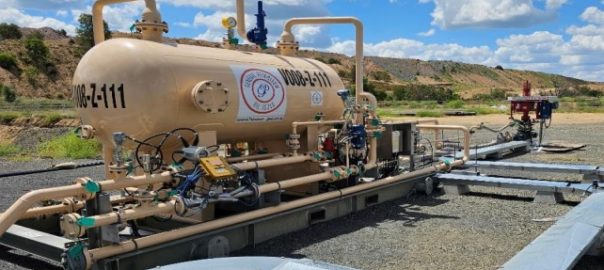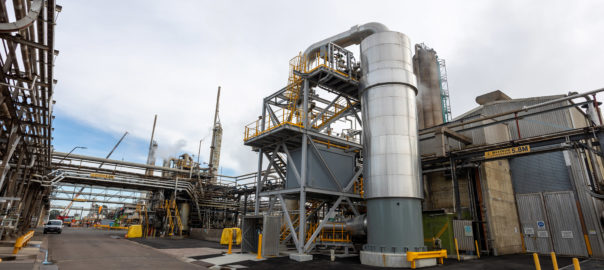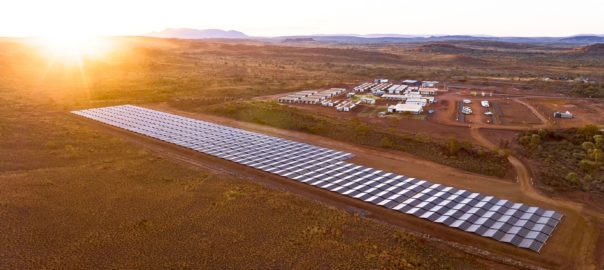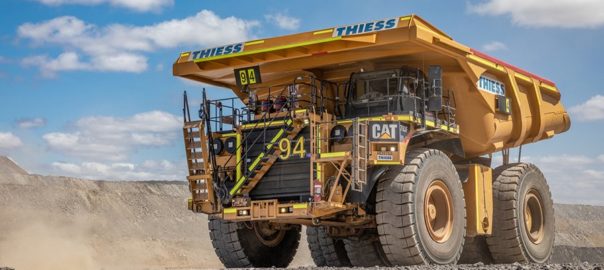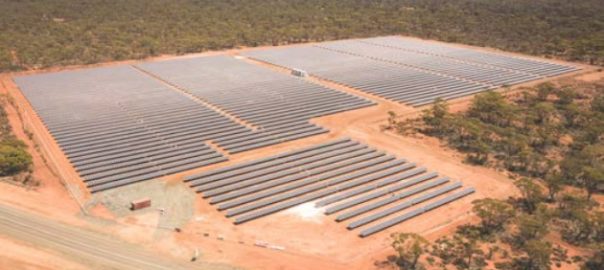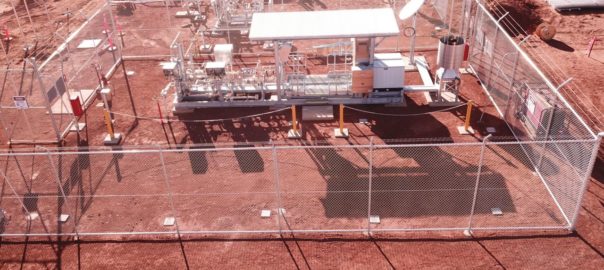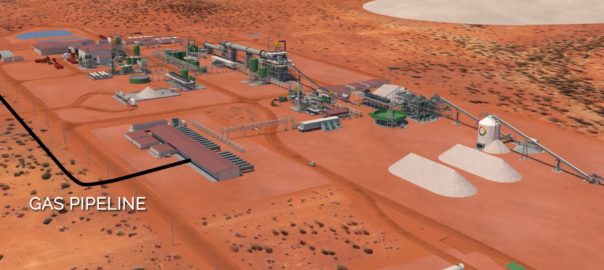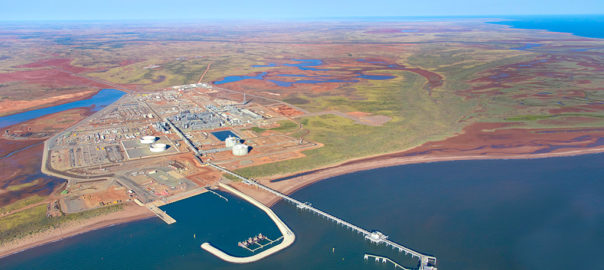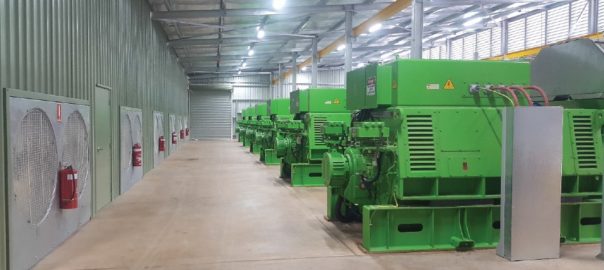Coronado Global Resources’ plan to capture and use open-pit waste mine coal gas from its Curragh operations in the Bowen Basin of Queensland, Australia, are accelerating, with the company confirming at its AGM last week that first gas from pilot wells was achieved in January 2024 with better than anticipated flow rates.
Curragh has been operating since 1983 and was acquired by Coronado in 2018. It is made up of two active open-pit mines – Curragh South and Curragh North – which are serviced by four large draglines, one electric rope shovel, 13 truck and excavator fleets and two coal preparation plants. It produces high-quality, low-vol hard coking coal, semi-soft coking coal, pulverised coal injection and thermal coal.
Curragh’s gas project is targeting the capture and beneficial use of open-pit waste mine coal gas from operations, with priority downstream use cases being for power generation and use as a diesel substitute in mining fleets.
The company says it now has wells operational, with surface production facility installation works complete and thee anticipated flow rates from first gas achieved in January exhibiting better than anticipated flow rates.
The next steps for the project are to run an updated converted gas truck trial to test feasibility of transitioning to waste mine coal gas conversion on more trucks.
As part of Coronado Global Resources’ emissions strategy, the company conducted a trial to test gas-converted haul trucks, working with its partners Mine Energy Solutions (MES) and Thiess. Over an eight-week period beginning in July 2023, it converted a single 793F haul truck to dual fuel and operated it within a normal production environment. Results from the trial proved that the operational performance of the trucks remained within the normal range of a diesel truck, it noted.
The company said in its recently released 2023 sustainability report: “We also developed an understanding of the key partnerships and requirements for larger-scale deployment and the challenges we need to overcome for operational readiness.”
Achievements and findings from the trial included:
- Saving of 19,200 litres of diesel;
- A 17-20% reduction in diesel exhaust pipe CO2 emissions;
- No observed decrease in truck horsepower, engine life or other components due to burning compressed natural gas (CNG);
- More than 320 hours of dual-fuel operation and 547 hours of overall operation;
- No observed decrease in travel time, cycle time or speed on grade; and
- Operators’ positive feedback that vehicles operated similarly to non-gas 793F haul trucks.







